We may earn a commission when you purchase through affiliate links. Learn more.
Much like travel itself, the first step in good travel photography takes place long before you set foot in the airport or get into your car for a long road-trip. Research! Everywhere we travel to is unique and special in its own way, but as photographers it’s important to figure out what makes a place special before we actually get there. Each destination has its own ambience and particular highlights – to capture travel photos that truly represent the heart and soul of a location, it’s important to learn about the place long before you get there.
A good travel photograph should make the viewer feel as if they are there with you. They can’t feel the tropical breeze tickling their skin or smell the pungent, spicy aromas of a village marketplace, but good travel photography can transcend the limitations of photography and make people imagine these things. Factors like lighting, movement, composition, and color all help to spark the imagination. A travel photo should make the viewer long to be there in the scene, so as photographers we need to be conscious of all these things that make a place special. You may not be able to photograph an aroma itself, but something as simple as using a warm color temperature to capture the steam wafting above a street vendors market stall can help the viewer feel like they are there.
We’ve put together this list of travel photography tips that will help you take your photography to the next level! You can use this index to take you to the section you’re interested in, or just keep on scrolling down the page to check out all of the tips and tricks.
TABLE OF CONTENTS
1. Research your Destination
2. Bring Extra Memory Cards & Batteries
3. Don’t Overload Yourself
4. Pack for your Destination
5. Learn How to Use Your Camera Before You Leave
6. Go at the Right Time
7. Use Atmosphere and Mood to Illustrate a Story
8. Don’t be the Stereotypical Tourist
9. Be an Ethical Travel Photographer
10. Lean In to New Experiences
11. Find Inspiration, but Avoid Comparison
12. Find Creative Perspectives
13. Think Outside the Box
14. Shoot in RAW or RAW+Jpeg
15. Keep a Written Record
16. Be Patient
17. Back it up!
18. Stay Safe
19. Use your Shots!
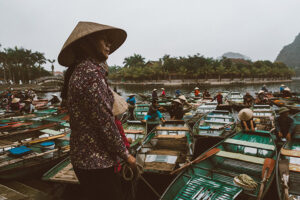
Tip #1: Research your Destination
Before you set out on your trip, think about the sort of travel photos that you want to take. There are very few places left in the world where others have not gone before you. Make use of the experiences of others by looking at the photos they’ve taken and the reviews and comments they’ve made. Make a list of the spots you want to visit and jot down notes about the types of shots you liked from those places.
Maybe you see things you would do differently – shots that would have looked better from another angle or at another time of day – images that would look better as panoramic shots or scenes that would benefit from the warm lighting of the golden hour. If you write all these things down and come prepared to take the shots you want, you will come away with a portfolio of incredible travel images. Of course, all the preparation in the world can never predict the future and you will always find additional things to photograph, but having a basic plan for your travel photography is a must.
Travel doesn’t have to be expensive: In our guide about saving money on traveling we’ll share lots of budget-saving tips on making every dollar count.
Tip #2: Bring Extra Memory Cards & Batteries
Bring twice as many memory cards as you think you will need. These days they are cheap and they’re incredibly small and lightweight – you’ll never regret having more memory than you need, but you will regret not having enough and being forced to try to locate a memory card in the middle of a rainforest village or having to consider deleting shots you took to fit more on the card.
Bring extra batteries and make sure you have a way to charge them in the country you’re visiting – it’s usually cheaper to buy a travel adapter at home before you leave. Remember that cold temperatures cause batteries to wear down quickly, meaning that you might get less than half of the normal battery life if it’s especially cold. You can find more tips for dealing with cold weather in this guide.
 Tip #3: Don’t Overload Yourself
Tip #3: Don’t Overload Yourself
Before you head off on your big travel photography adventure, it’s pretty easy to sit there looking at all of your camera gear and maybe even lusting after some new equipment online, imagining scenarios where you’ll need a full arsenal of lenses to best capture your destination. While traveling, I frequently see photographers absolutely loaded to the gills with gear — multiple camera bodies, half a dozen or more lenses, and a huge camera backpack to tote it all around in. Unless you’re got a real reason to carry around so much gear, most of the time having so much equipment-bloat just means that your bag is too heavy, your camera too obvious, and your risk too high to go to the places where you might get the best shots. Our guide to essential travel photography accessories has lots of great ideas – many of them small and lightweight, but it’s a good idea to only bring what you really need.
I’m a big believer in traveling light whenever it’s possible — unless I need a larger camera or multiple lenses (and there are times when I do), I am a big fan of advanced compact cameras which provide manual flexibility without the heavy weight of a large DSLR or mirrorless camera.
Small advanced compact cameras like the Panasonic LUMIX ZS200 and Sony RX100 VII provide full manual control over all of the exposure settings while fitting in the palm of your hand. Mirrorless systems like the Sony Alpha a6700 also remain smaller than traditional DSLR cameras, while offering the additional flexibility of interchangeable lenses and a large sensor size for outstanding quality paired with good lenses.
Tip #4: Pack for your Destination
It’s tempting to bring along every lens, tripod, flash, and accessory, but when you’re traveling it makes sense to pack carefully and lightly. It’s very easy to get carried away when you’re packing your photography gear, so be sure to think about where you’re going and pack accordingly. Is it hot? Rainy? Safe? Dusty? Are you going to be riding trains? Bicycles? Budget airlines with a 7kg carry-on limit?
Whatever your plans, you probably don’t need to bring your entire kit with you. Look back at that list you made that identifies the types of shots you want to take – figure out what kind of lenses you should bring to achieve those shots. Ask yourself if you really need to bring a 24-70mm zoom, a 35mm, a 50mm, and an 85mm lens. Would you be able to capture all the shots you want with only the 24-70mm and the 50mm prime lens? Don’t bring gear just because you have it – bring it because you truly need it. You’ll often end up taking more shots when you’re able to move around with greater freedom.
If you can only bring one lens, a zoom lens like the Canon EF 28-300mm f/3.5-5.6L or Nikon 28-300mm f/3.5-5.6G ED VR AF-S offers a wide range of focal lengths that can capture both landscapes, wildlife, and travel portraits. If you’ve got room, a fast prime lens like the 50mm or 85mm is perfect for capturing beautiful environmental portraits with a shallow depth of field and nice, creamy bokeh.
Tip #5: Learn How to Use Your Camera Before You Leave
Way too many people buy a new camera right before they leave on their trip, thinking to themselves, “this brand new FancyCamera 9200 X sure will take great photos of my travels.” Unfortunately, the more complicated the camera, the harder it is to take it straight out of the box and began capturing professional quality images. I see and hear so many people while traveling expressing frustration about how they can’t get any good pictures out of their top of the line camera. Hint: It’s not the camera.
Learn before you leave — once you’re traveling, you’re unlikely to have the time to figure out all of the menu systems of your new camera and how to best make use of all its features. Besides learning how to use your particular camera, be sure to brush up on your photography knowledge and techniques too — ItsJustLight has a big section devoted just to learning the basics of photography.
If you’re after additional tips, check out some of the books we’ve got listed in our book buying guide for beginner photographers.
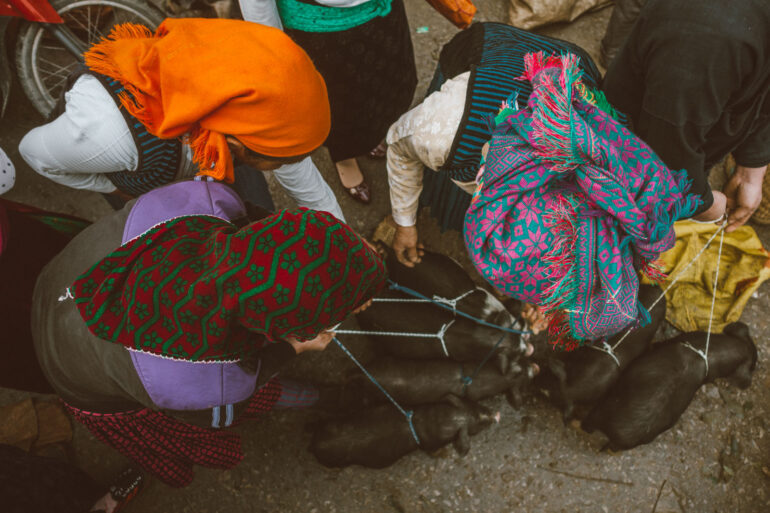
Tip #6: Go at the Right Time
Many places celebrate local traditions, religious holidays, and have colorful events throughout the year. Celebrations and events offer a perfect chance to capture the local culture, so it pays to research before you go! Also take note of the local climate – while it might be a hot, dry summer where you live, it could be raining or snowing where you plan to visit.
It might sound like common sense, but countless travelers have gotten to a foreign country only to find they arrived during the monsoon season – something they could have easily avoided had they simply done a little research. Make sure your gear is prepared for the conditions too – do you have a waterproof bag and rainproof cover for your camera and lens? These 6 Tips for Keeping your Camera Working in Wet and Humid Conditions will help you prepare for whatever nature can throw at you.
Tip #7: Use Atmosphere and Mood to Illustrate a Story
Travel photography and storytelling go hand in hand – you can provide context with your images by mindfully being aware of and including several visual elements in your scene, which we’ll go over one by one:
• Lighting
Start by identifying what and where the light source is in the scene. Does the light have a cool or warm tone? Is it soft, diffused sunlight filtering through a layer of fog or harsh midday sun, casting long shadows on everything the light touches. Once you’ve made a mental note of where the light is, figure out if changing your own position would improve the scene. Pick out what your subject in the scene is (it might be one person, a crowd of people, an old car, anything really…), and ask yourself if there’s a better place you could stand to capture it. Light has the power to both bring out details and textures and to shroud them in silhouettes and shadows.
In travel photography, details and mystery both have a place, and it’s up to you to decide what fits your vision of a great photograph.
• Movement
Identify any sources of motion in your composition – people, animals, rain drops, etc. and think about how you can convey a sense of the movement as a travel photographer. Capturing photos where movement is frozen is what comes naturally most of the time, but sometimes a photo can really improve and depict a greater sense of atmosphere when a slower shutter speed is used. Besides typical long exposure photos, panning is another technique that can be used where a slower shutter speed is used, but the camera is panned to keep up with the subject in motion, blurring the background of the image but keeping the subject in focus. It’s a tough art to master and takes a lot of practice, but it can really make for great travel shots in certain situations.
• Color and Contrast
Where would we be without color? It’s as essential to photography as light itself, even for the travel photographer shooting in black and white. Color, tones, and contrast help to create compositions that are aesthetically pleasing and draw the viewers eye to the subject.
• Depth and Space
A photograph is composed of a foreground, a middleground, and a background: These spatial elements are really important to think about when composing any photo. Foreground lines, textures, colors, and tones, can help highlight the subject matter or draw the eye towards it, creating a sense of depth. Position yourself in the best spot to tell a story in the space you have to work with, avoiding distracting elements if possible and pulling the eye into the scene.
• Texture and Pattern
The human eye loves textures and patterns. They give images areas of visual interest, and when a texture repeats itself it becomes a pattern. To use these elements to your benefit, look in your scene for areas of textures and patterns – ripples of sand, colored tiles on a wall, patterned fabrics in a market. Ask yourself how these textures might add aesthetic interest to or distract from your shot.
Tip #8: Don’t be the Stereotypical Tourist
Understand the culture and traditions of the place you’re visiting. A good travel photographer tries to be as unobtrusive as possible – being loud and drawing attention to yourself is not the way to go. They key to capturing great travel photography is to blend confidence with respect and genuine friendliness.
The only way to get those environmental portraits that separate snapshots from true travel photography is to find a way to get up close and personal with your subjects. While candid street photography has its place, rather than taking only photos from across the street the whole time, go strike up a conversation with some of the locals and ask if you can photograph them up close. Don’t be obtrusive, and know when it’s time to go!
Tip #9: Be an Ethical Travel Photographer
To add to the points above, there’s no photo out there that is worth compromising on your ethics. Because travel brings us to places where we don’t always know the history of a place and culture, it’s not always obvious when a situation is unethical and it’s not always clear how the concept of ethics might apply to every situation. This is why it’s so important to research your destinations ahead of time and get an idea about the places you’ll be visiting and the cultures you’ll be interacting with, so you’re not put into situations where you’re unprepared to address ethical dilemmas.
You’ll want to steer clear of attractions where people and animals are exploited, but sometimes the lines between what’s ethical and what’s not can become very murky.
When photographing people and cultural scenes, I think it’s important to ask yourself how your images portray the people in your shots. Are you depicting an honest representation of the culture or individual or are you (perhaps unintentionally) promoting negative stereotypes?
In many places throughout Southeast Asia, young children dress in tribal costumes and pose for tourists, soliciting tips. Giving money to a young child in a developing country may seem like an altruistic thing to do, especially if they say they need money for school or food, but this seemingly harmless donation can help to perpetuate a cycle of child abuse where the youngster is forced to continue earning money from tourists rather than being given the opportunity to go to school.
Organized trips to orphanages are all too common as well, often promoted as cultural learning experiences by local tour operators; nothing is quite as endearing as a photo of a group of smiling children, and captions extolling the nobility of “children who have nothing yet are so happy” abound online. Avoid trips to orphanages – as cute as these kids may be and as easy as it is to get great photos of little smiling faces, it’s simply unethical. Would the concept of foreign tourists coming to visit and photograph children in school in New York or Paris or London seem strange? You bet, and it’s just as strange and unethical in any country.
In some places, “cultural villages” have been set up by profit seeking businesses, housing stateless refugees who are unable to leave, essentially forcing them into a lifetime of performing shows and posing for tourists, eager to return from their trips with striking travel photography of people whose lives they don’t truly understand.
Do your research. Vote with your wallet and avoid tour operators running unethical photo tours. Ask questions, and if something doesn’t feel right, trust your instincts. Travel photography is about capturing the unique aspects of travel and culture, but it should never come at the expense of others.
Tip #10: Lean In to New Experiences
My most favorite travel experiences (and often the ones from which I came away with some of my favorite photos) are the ones that made me the most uncomfortable at the time. Being in a foreign country where you don’t speak much – if any – of the local language can make interactions awkward. You don’t always know the right things to say, the taboo things not to say, or what to fill the awkward pauses where no one knows how to communicate what they’re trying to say in the other’s language. And sometimes that’s OK.
For me, a lean in experience is one where all of the normal feelings of anxiety and sometimes unbearable awkwardness make your first instinct to just turn around and head back to the tourist spots – being a photographer does not make you immune to human emotion and insecurity. While I was in rural Cambodia with my spouse in a small town a bit off the usual tourist trail, a Buddhist monk in his mid-20s approached us as we were walking to the local bus office to buy tickets out of town for the next day. “Do you want to see my pagoda?” he asked us.
We leaned in to the experience, and went along with him. Instead of leaving town the following morning, for the next few days we spent our time exploring the region with a group of monks, getting the most incredible inside-view of Khmer culture and religion.
Should you go along with every person who comes up to you to talk on your travels? Definitely not: Use your common sense and discretion and stay safe, but always keep an open mind and don’t be afraid to put yourself in situations that might be different from your normal day to day routine. If you want travel photos that are unique, you’ll need to find yourself in unique situations.
Tip #11: Find Inspiration, but Avoid Comparison
For those of us who feel that insatiable pull of the open road and the need to see and experience new places, there’s nothing quite as inspirational as looking at good travel photography. Flip through the pages of Travel+Leisure, Conde Nast Traveler, and National Geographic Travel and you’ll be feel that ache in your chest as you imagine yourself wandering through the ancient temples of Bagan or Angkor or hiking the Inca Trail in Peru.
Inspiration is a beautiful thing, but as a travel photographer it’s all too easy to shift gears from being inspired by photography and comparing your own work. Even for professional travel photographers, it’s a dangerous game — no matter how good your photos may be, it seems there is always someone with better photos who has been to more interesting places. Of course, perspective is a funny thing…there may be other photographers out there comparing their own work to yours. Travel is about many things — exploration, adventure, learning…but it’s also about having a good time. If you find yourself trying to recreate every photo you’ve seen in travel magazines and comparing your images with those of the best travel photographers in the world, you’re going to set yourself up for trouble. Go travel, have fun, take pictures, and don’t worry too much about how your work stacks up with everyone else’s: We’ve all got room for improvement, but being too hard on yourself won’t help.
Tip #12: Find Creative Perspectives
When you think of stereotypes regarding photographers, an image of someone in a vest and cargo pants, camera bodies swinging from their shoulders as they crouch or kneel or try to hang from a tree in search of that ideal, unique perspective might come to mind. There’s something to be said for going the extra mile and looking for those creative perspectives though.
While most tourists just raise their camera to their eye and shoot straight on, you’ll usually find that you can take much better photos by searching for a more suitable angle that makes more compositional and aesthetic sense. Sometimes that means crouching down low or even shooting through/over some sort of foreground element. At other times, you might find that an angle from above yields the most interesting travel photos. Pedestrian footbridges, second floors, or piles of rock might all serve as a great way to elevate your perspective and capture an interesting angle.
Tip #13: Think Outside the Box
Be Creative! You don’t want your shots to look the same as everyone else’s, so ask yourself what you can do to make your travel photography stand out from the crowd.
Ask the locals for recommendations on the spots that don’t make it into the travel guides. Always take more shots than you think you need; since you’ve brought enough memory cards, don’t be afraid to experiment with new angles – get down on the ground and photograph the market scene from a mouse’s perspective. Try getting above the scene or experimenting with a long exposure shot to capture the movement of a crowd as they meander through a village square. Leave the touristy section of town and find the authentic local culture – sometimes it’s only a block or two away, but most tourists never see it!
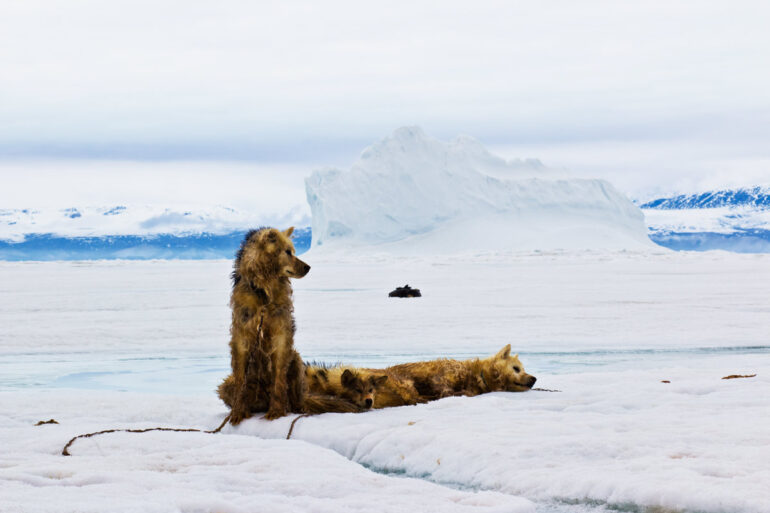
Tip #14: Shoot in RAW or RAW+Jpeg
You might not feel the need to shoot RAW when it comes to photographing your friends and family events, but when it comes to shooting serious travel photography, having RAW images will give you much more flexibility in processing the shots you’ve taken on your trip. Shooting RAW+Jpeg will allow you to quickly share some Jpeg images while you’re still on your trip and when you return from your trip you will have the high quality RAW images that you can edit for printing, publication, and submitting to contests.
Tip #15: Keep a Written Record
Sure, you’ve got a great memory and of course you remember the name of that Buddhist Temple in Thailand that you visited yesterday….but will you remember it in eight months? Will you recall where you were when you took every important shot or what the name of the local merchant whose portrait you took was? Probably not — I certainly can’t recall all the details of every photo I’ve taken, even the ones I shot just a few months ago, which is why keeping a journal, blog, notebook, etc… can be so valuable. Photos make for great memories, but having some additional context to go along with them will make them even more valuable – especially if you ever hope to publish or sell your images.
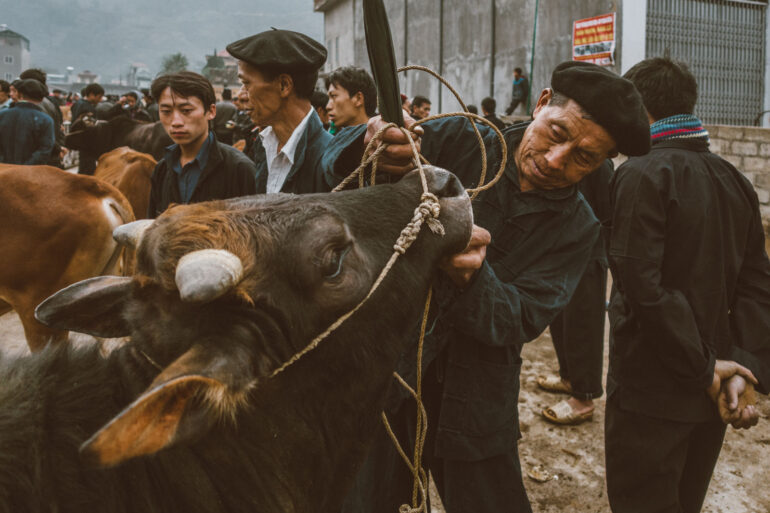
Tip #16: Be Patient
Photography is about decisive moments, but those moments often don’t happen to perfectly align with our schedules. Sometimes getting the perfect shots requires a bit, or even a lot, of patience. Having an idea about the sort of images you’re after is useful, but sometimes you’ll need to wait quite a while — it might take thirty minutes in the morning for a market to become as busy as you were hoping, or for a group of saffron robed monks to walk down the path between two ancient temples.
Group tours can be great, especially for new travelers, but one big downside is that you’re on someone else’s schedule, and when it’s time to go, it’s time to go. I’ve seen so many photographers literally sprinting around attractions, trying to snap as many of their dream shots as possible before their tour bus leaves them behind. If your schedule is somewhat flexible, you’ll have the freedom to wait and seek out the perfect moments.
Tip #17: Back it up!
Download and backup your photos frequently. It doesn’t happen that often, but memory cards do malfunction. If you have a portable storage device or your laptop with you, save the images you take each day, leaving the images on the memory cards too. When it comes to your special memories and amazing travel photography, two copies is always better than one.
Tip #18: Stay Safe
Most places in the world are very safe to visit, but getting great travel shots occasionally caries some risk. Once again, research is your friend. Figure out where you shouldn’t go and pay attention to travel advisories. For the serious traveler and especially the travel photographer, travel insurance is very important. Make sure you have coverage for yourself and for your gear and be sure to ask if there are any activities that will exclude you from coverage (For instance, if your camera falls overboard while taking an airboat ride through the swamp or while white water kayaking).
Keep your gear close to you at all times be sure to check out this guide filled with tips on keeping your camera equipment safe while traveling.
Tip #19: Use your Shots!
It’s fun to take photos just for the sake of photography, but if you’ve captured the beauty of the world you can do more with your shots than just letting them sit on your hard drive for 10 years. Start a blog, enter photo contests (be sure to read the terms & conditions carefully), participate in a local art fair — the options are endless, and with a little perseverance you might even be able to turn your passion into a little profit. If you spend countless hours on your trip taking the photos though, spend some time making sure you do something with them when you get home!
Did you love these travel photography tips? Share them on Pinterest!
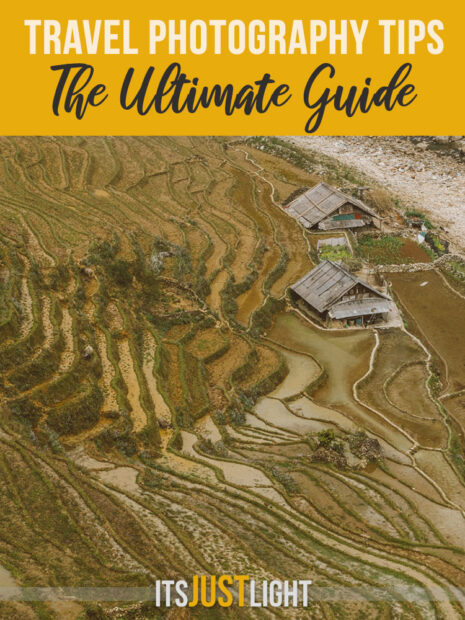

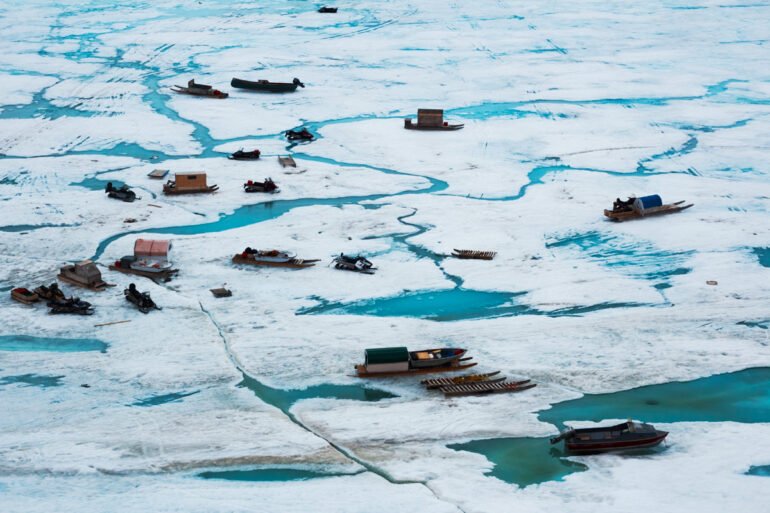
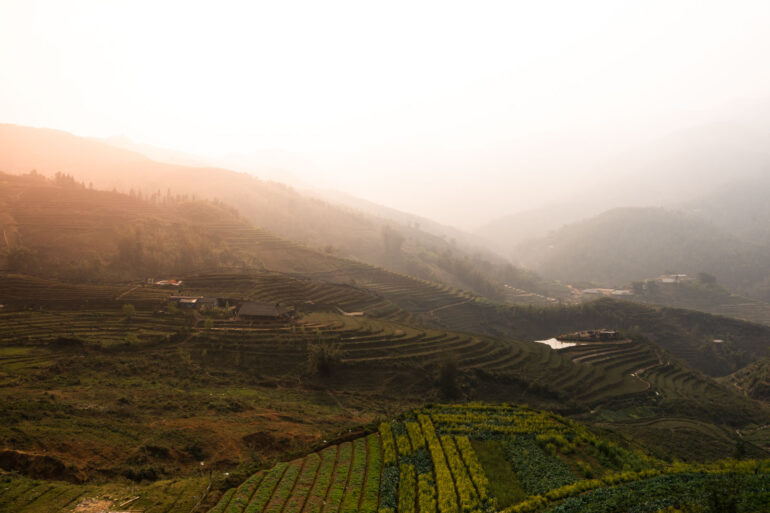 Tip #3: Don’t Overload Yourself
Tip #3: Don’t Overload Yourself